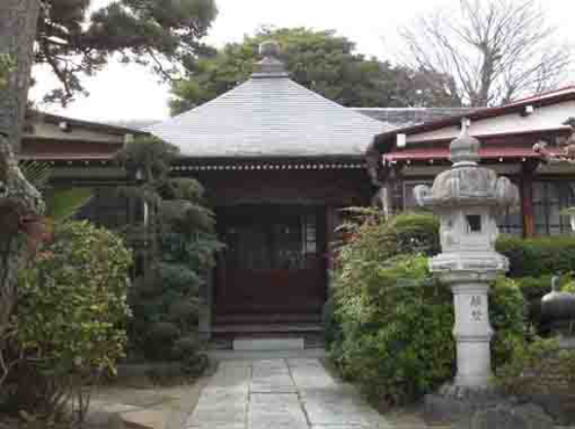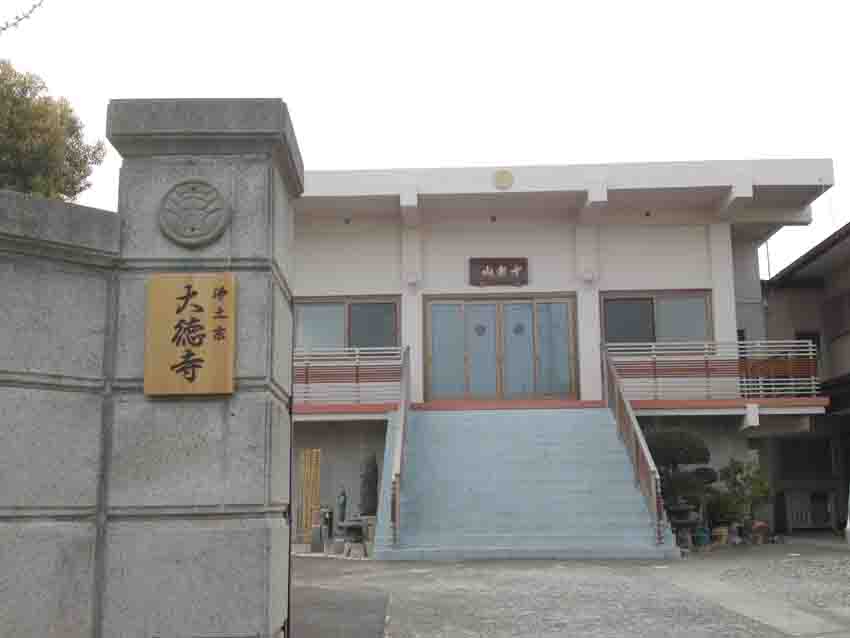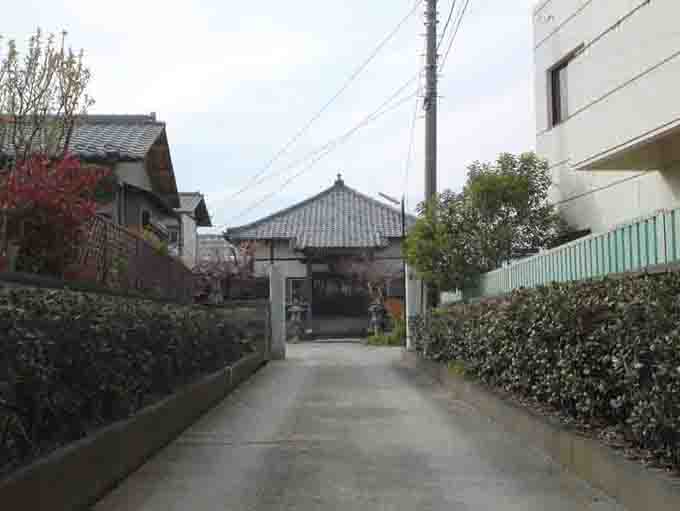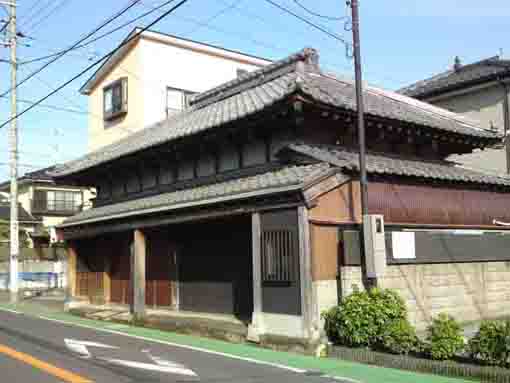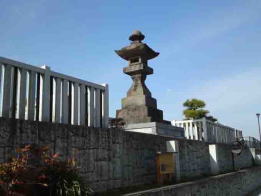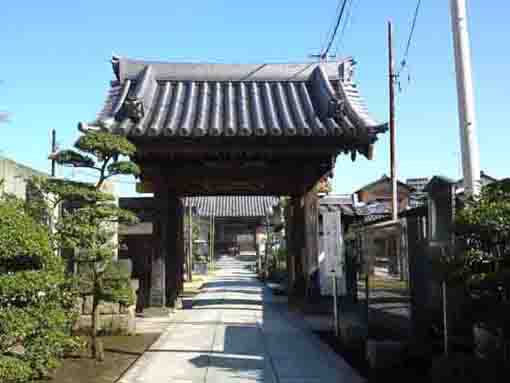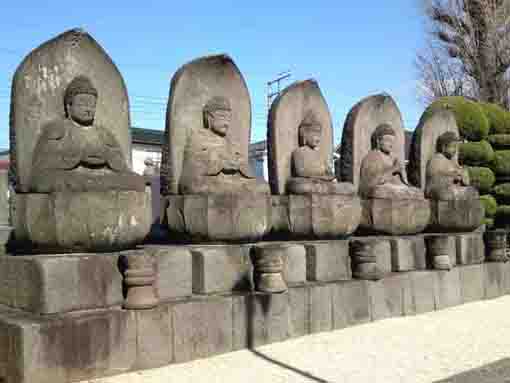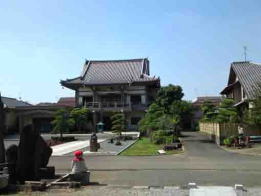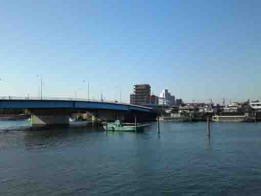Nakayama is in between Narita And Haneda International Airport
<クッキーについての同意並び欧州居住者向けプライバシーポリシー>
中山・下総・散歩道
Shinmei Toyouke Jinja Shrine in Gyotoku
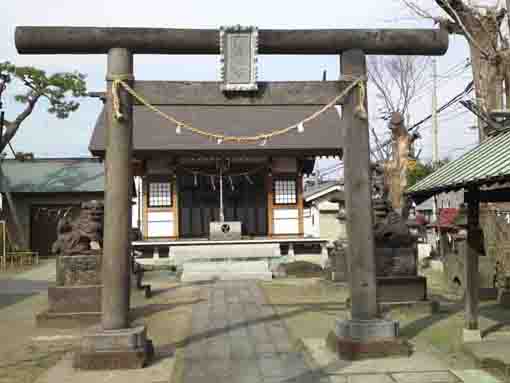
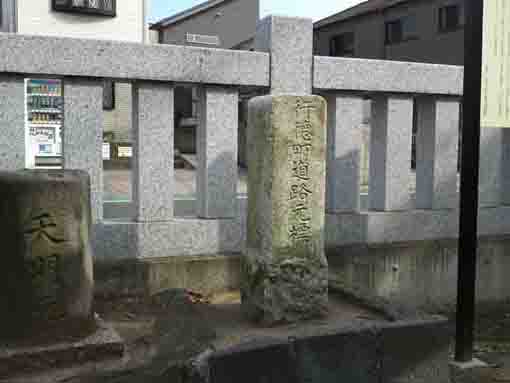
Walking down Gyotokukaido Highway from the south end of Gyotokubashi Bridge, there is Shinmei Toyouke Jinja Shirine along it. The enshrined deities of this shrine is Toyouke no Ogami. Shinmei Toyouke Jinja Shrine is the most historical shrine in Gyotoku.
This shrine was built by an itinerant Buddhist monk named Kinkai Hoin whose title Gyotoku would be the area name Gyotoku, he brought some of sand from Naigu in Ise as its principle image and his effort could be that Gyotoku could be flourished so a saying shows it that there were hundreds of residence and thousands of temples. The Grand Festival of Gokacho (the five villages) is held every three years in Octover. It is the very brave festival that is worthy of the city's tradition of building Mikoshi (portable shrines).
In addition, a road origin marker of Gyotokumachi can be seen in Shinmei Toyouke Shrine, so it is the best place to study history and origin of Gyotoku.
Why don't you visit Shinemi Toyouke Shrine in Gyotoku?
The History of Shimen Toyouke Jinaja Shrine
Shinemi Toyouke Jinja Shrine
The beginning of this shrine was that an itinerant Buddhist monk named Kinkai Hoin brought some soil from Naigu in Ise to a sandbank in Edogawa river (now around Higashi Shinozakicho in Edogawa-ku) and built both Naigu and Gegu Shrine there. Kinkai Hoin tried hard to develop lands and enlighten people in Gyotoku, and he had a virtuous and right personality so he was called Gyotokusama (Gyo means act, Toku means virtue), then the land was named after him. But it is uncertain when he came to Gyotoku, some said that he came in 1527, 1542 or 1614.The shrines Kinkai Hoin had built moved to the present place in 1635. Katsushika Shiryaku (The short history of Katsushika) said, 'it was a small shrine when it had been in the sandbank. It changed to a larger one in 1635. The 15 villages donated to build it. The chief petitioner was Kaizaemon Tanaka.Both in 1716 and 1737, Sanzaemon Tanaka first held Yatais (portable shrines) in the festival. The town was divided into 4 at that time. Shinden and Niijuku prepared in each, so 6 Yatais were held in it.' This sentences shows how crowded the festival had been.
Now Mikoshi Togo (carrying the portable shrine) is held at the festival held in every 3 years, the large Mikoshi parades through Gyotoku. The skill of the shouldered manner is very unique and the traditional manner is kept by Momikata Hozonkai (the Society for the Preservation of the Shouldered Manner of the Portable Shrine).
Anyway, the 4 shrines, Konpirasha, Doushosha, Suijinsha and Inarisha are dedicated in this shrine.
平成2年3月
市川市教育委員会
神明(豊受)神社境内内案内板より
The Noted Events of Shinmei Toyouke Shirne
The Grand Festival Held at the Five Villages in Gyotoku
A Mikoshi that is approximately 500kg weight marches through the town at the Grand Festival held in every 3 years in October. This festival still shows the traditional style succeeded in this area to thank for and to pray for a bountiful harvest and peace in the town. And the shouldered manner of the Mikoshi is very unique and only seen in this area.24 men with plane white clothes hold the Mikoshi high up with their one hands, then turn around once, and throw it up in the air. Finally, they hang it down until it almost touches the ground.
After Mitamaire no Shinji that the divine spirits are inserted in the Mikoshi is held in Shinmei Toyouke Jinja Shrine, it marches to Shimonijuku Inari Jinja Shrine, then it goes to Hongyotoku Icchome, Nichome, Sanchome and Yonchome, then it goes into Honshio Toyouke Jinja Shrine as it is called Miyairi. Finally, the Mikoshi comes back to Shinmei Toyouke Jinja Shrine.
神明(豊受)神社前案内板より
The Road Origin Marker of Gyotoku
The road origin marker of Gyotoku
The road origin makers were put by the laws of road carried out 1919 to show the beginnings and ends of roads running in each cities and towns and also shows the and the locations of them. And they were used to be the foundations to decide the rank and width of the road and to develop the road throughout Japan.The road origin makers were often put on crossings or main streets near city or town halls where many people find them easily. The design of the marker was ruled by the order of the Ministry of Domestic Affairs in 1922, it said that it had to be built of stone or something hard and city or town name had to be carved on.
There are letters of Gyotokumachi Doro Motohyo (the road origin marker of Gyotoku) on it, and it was found near the crossing of Gyotokukaido and Teramachidori. Near the crossing, there was the town hall at that time. The road origin marker of Gyotoku tells a piece of the history.
協力・市立市川歴史博物館
神明(豊受)神社境内内案内板より
抜粋・引用および参考文献
神明(豊受)神社境内内案内板
神明(豊受)神社前案内板
江戸名所図会6 ちくま学芸文庫
房総叢書 紀元二千六百年記念 第8卷葛飾紀
房総叢書 紀元二千六百年記念 第6卷葛飾誌略
The Location and Access to Shinmei Toyouke Jinja Shrine
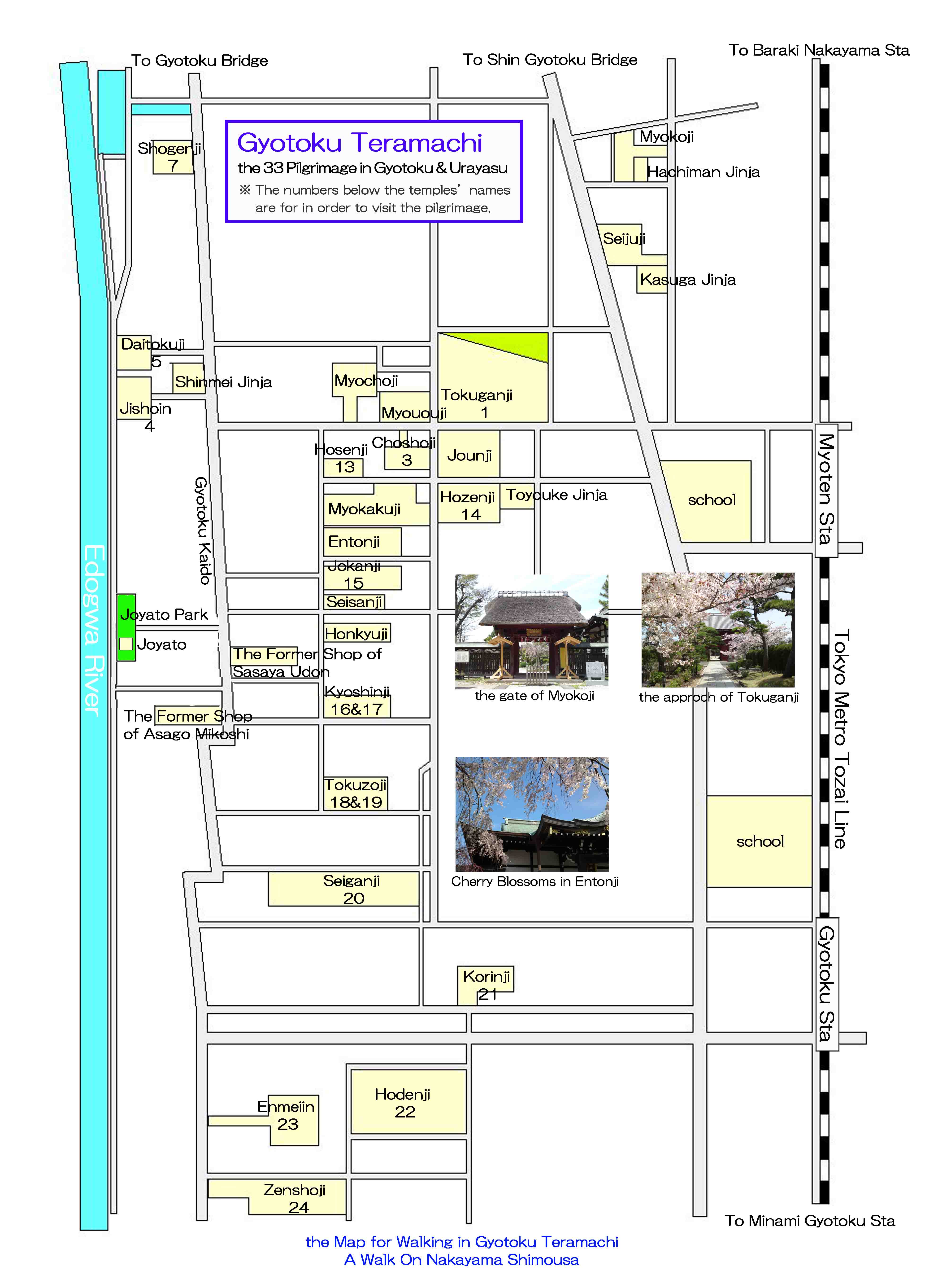
The map of the noted spots in Gyotoku Teramachi Areas
PDF of the Map of the landmarks in Gyotoku Teramachi AreasShinmei Toyouke Jinja Shrine
- Shinmei Toyouke Jinaja Shrine has a great accessibility from both Narita and Haneda International Airport.
- From Narita International Airport, take JR Sobu-express line, transfer the line at Nishi-funabashi to Tozai line of Tokyo Metro bound to Nakano or Mitaka, get off Myoden Sta. And also take Keisei-line, transfer the line at Funabashi to Sobu-Local line, and transfer the line at Nishi-funabashi to Tozai line of Tokyo Metro bound to Nakano or Mitaka, get off Myoden Sta. It takes minimally 60 minutes from Narita Airport.
- From Haneda International Airport, take Keikyu-line bound to Narita, transfer the line at Nihonbashi to Tozai line of Tokyo Metro bound to Nishifunabashi, Tsudanuma or Katsutadai, get off Myoden Sta.
- From Tokyo (Otemachi) Sta, take Tozai line of Tokyo Metro bound to Nishi-funabashi, Tsudanuma or Katsutadai, get off Myoden Sta.
- From Akihabara Sta, take Sobu line bound to Chiba, Tsudanuma or Nishi Funabashi, transfer the line at Nishifunabashi to Tozai line of Tokyo Metro, get off Myoden Sta.
- Take 15 minute walk from Myoden Sta.
- 1-10 Hongyotoku, Ichikawa-shi, Chiba-ken
Noted Spots near Shinmei Toyouke Jinja Shrine

Shinmei Jinja Shrine
- 広告 Advertisement -
